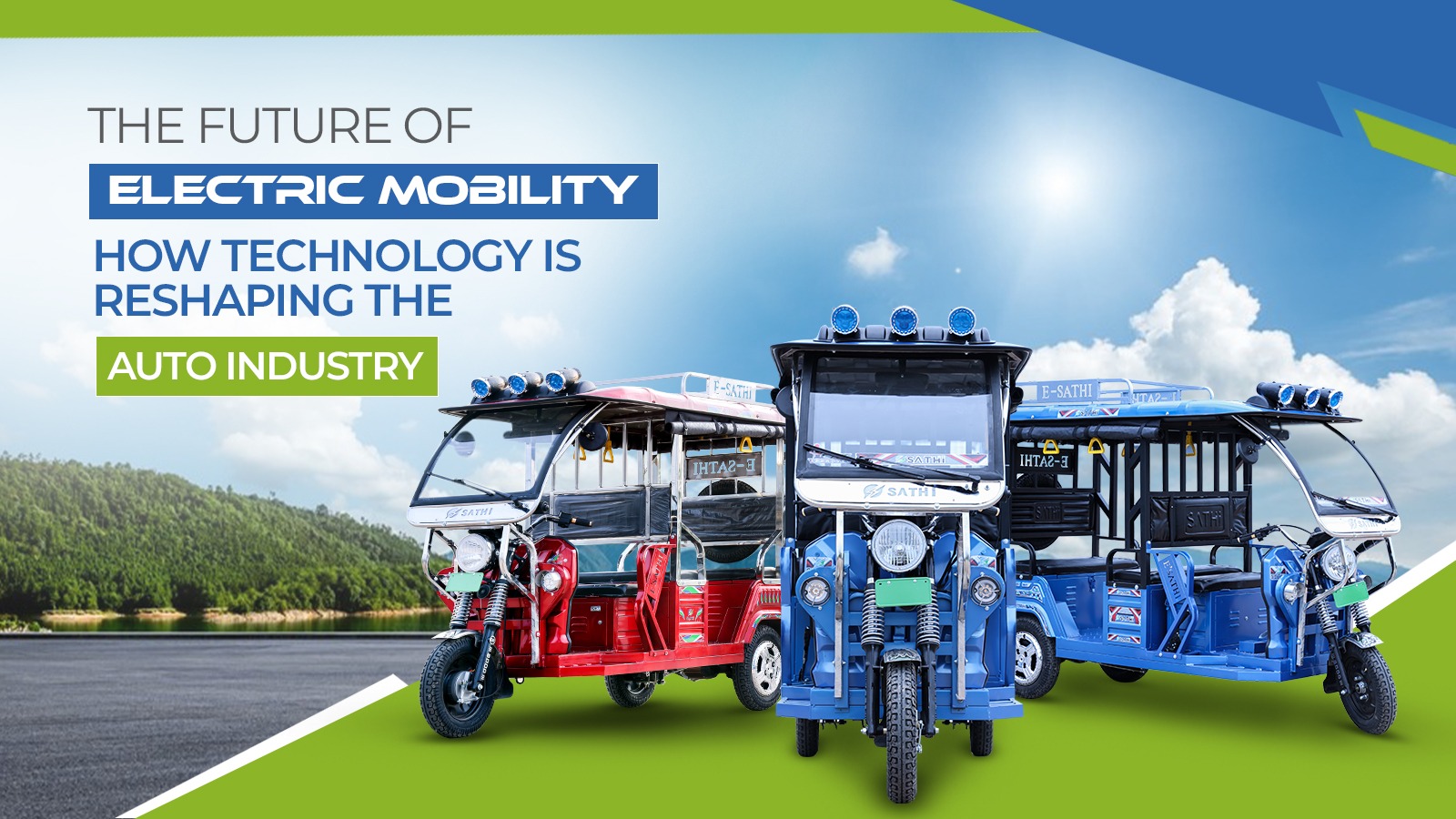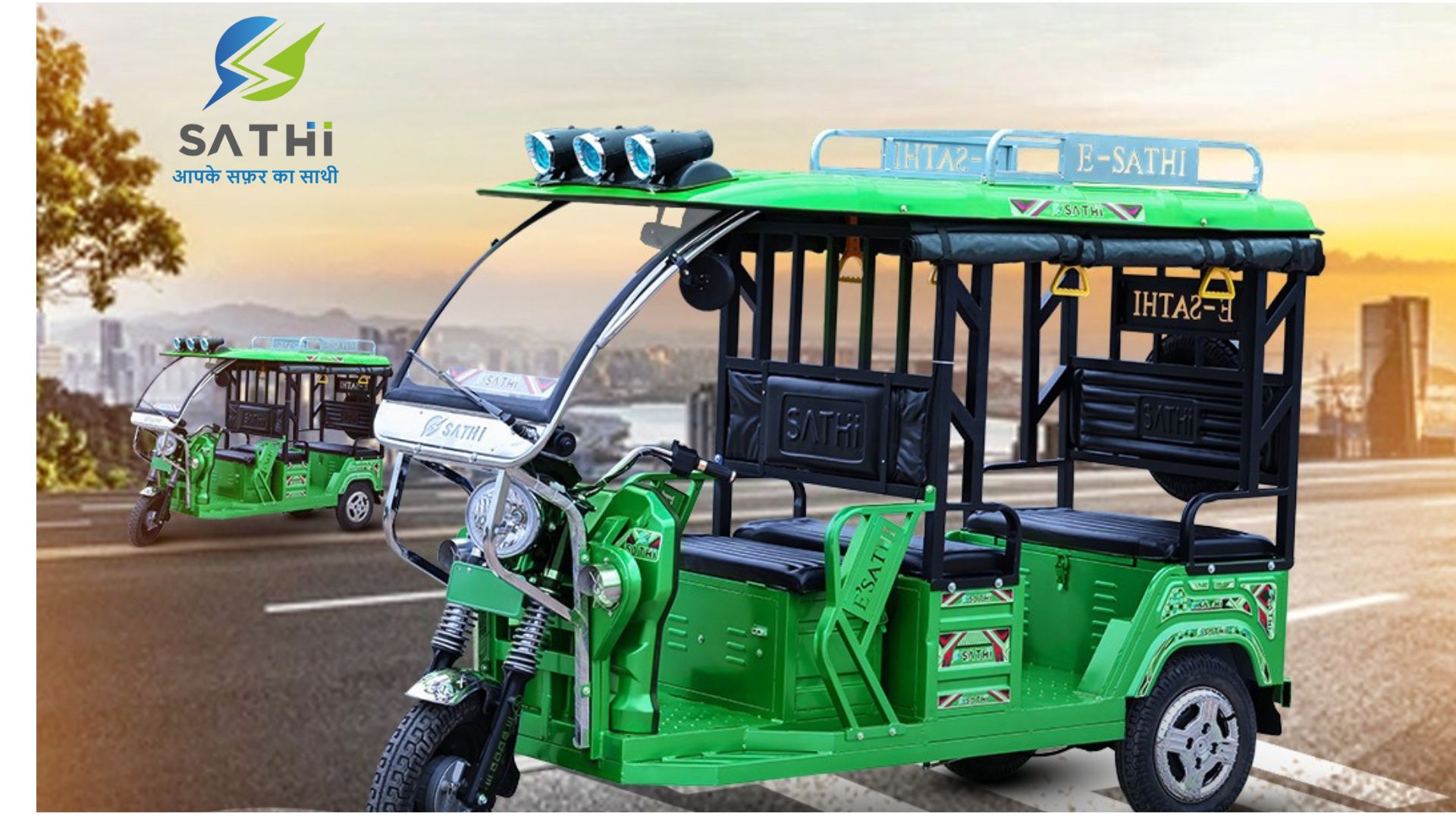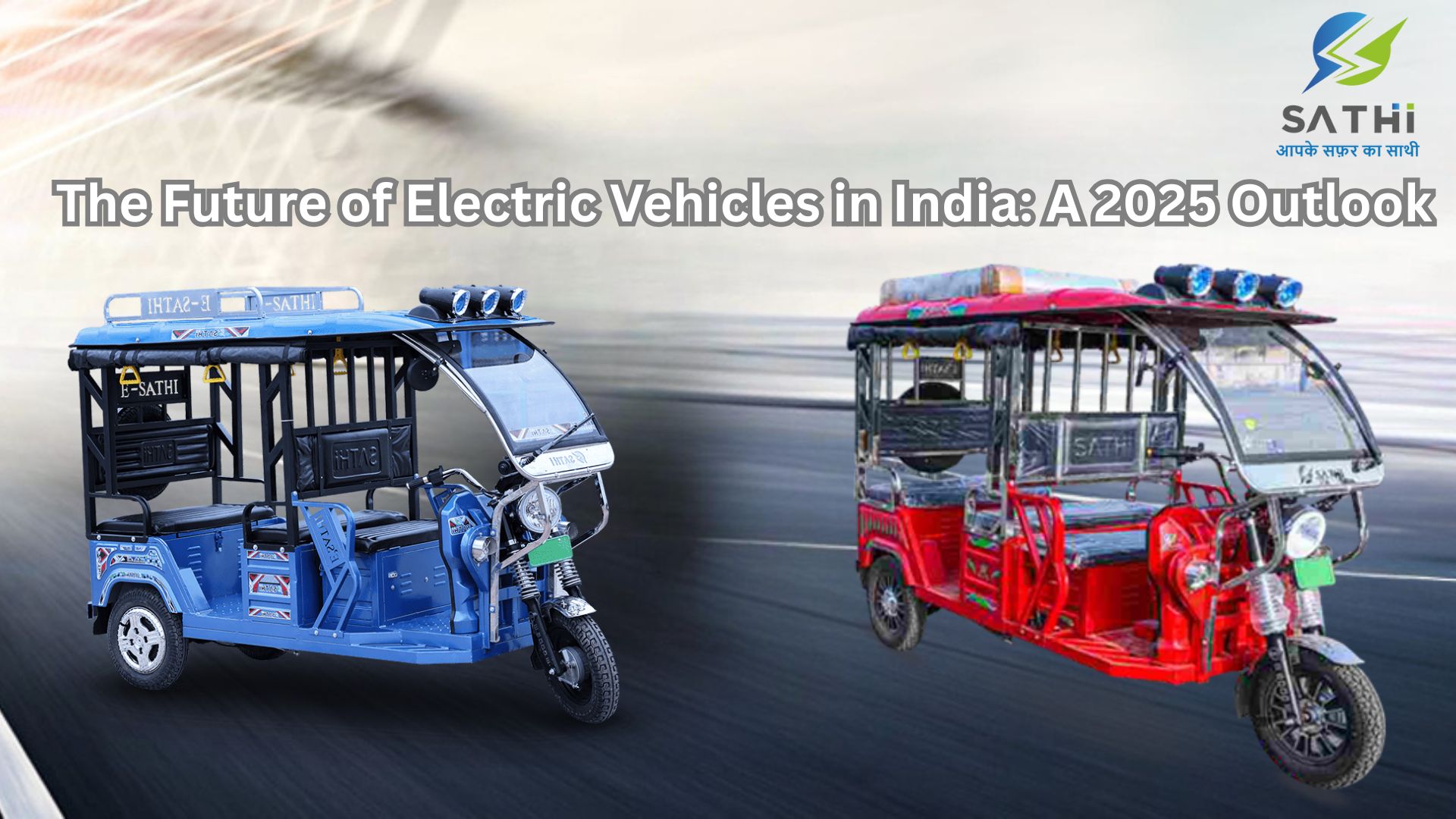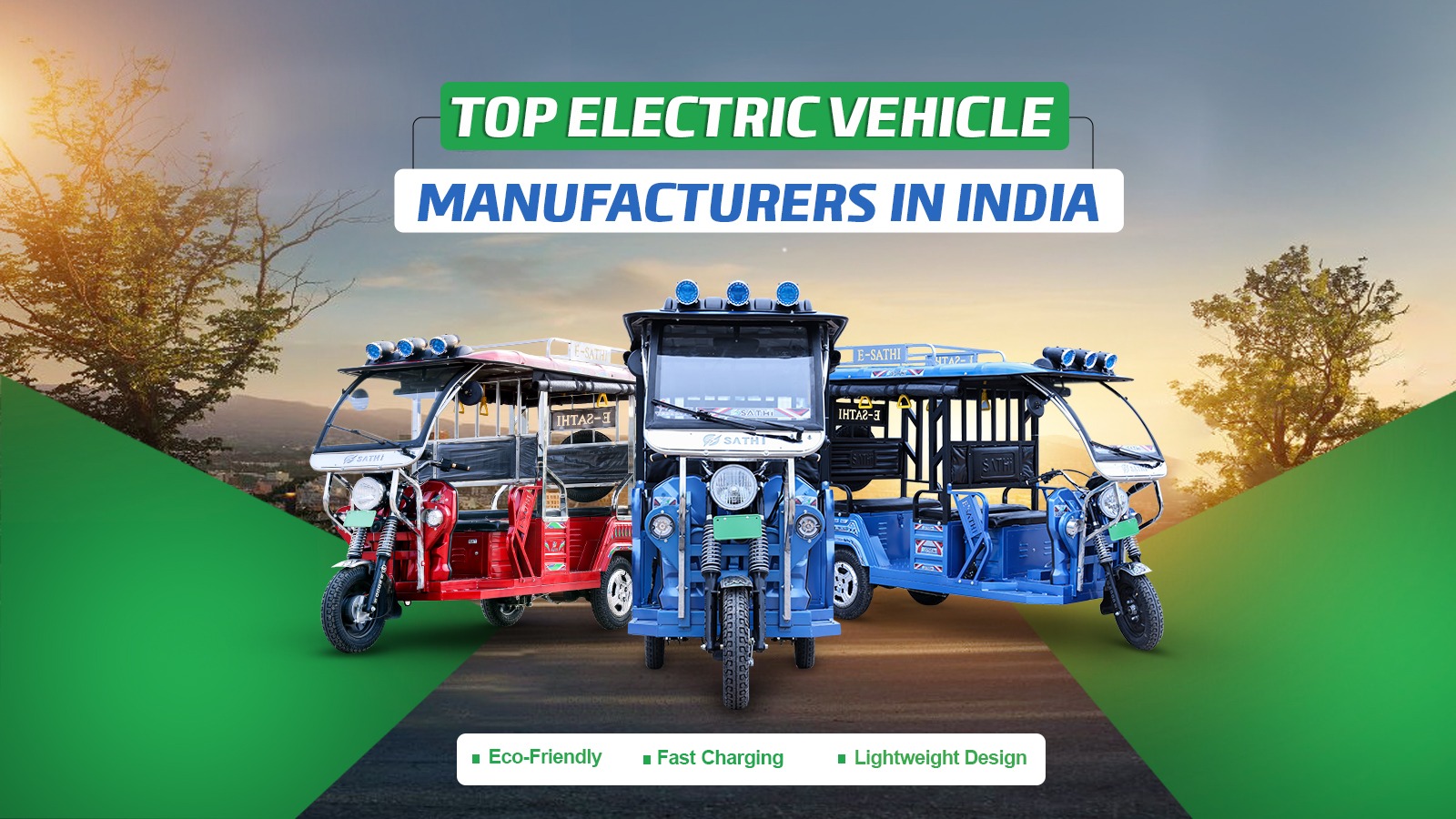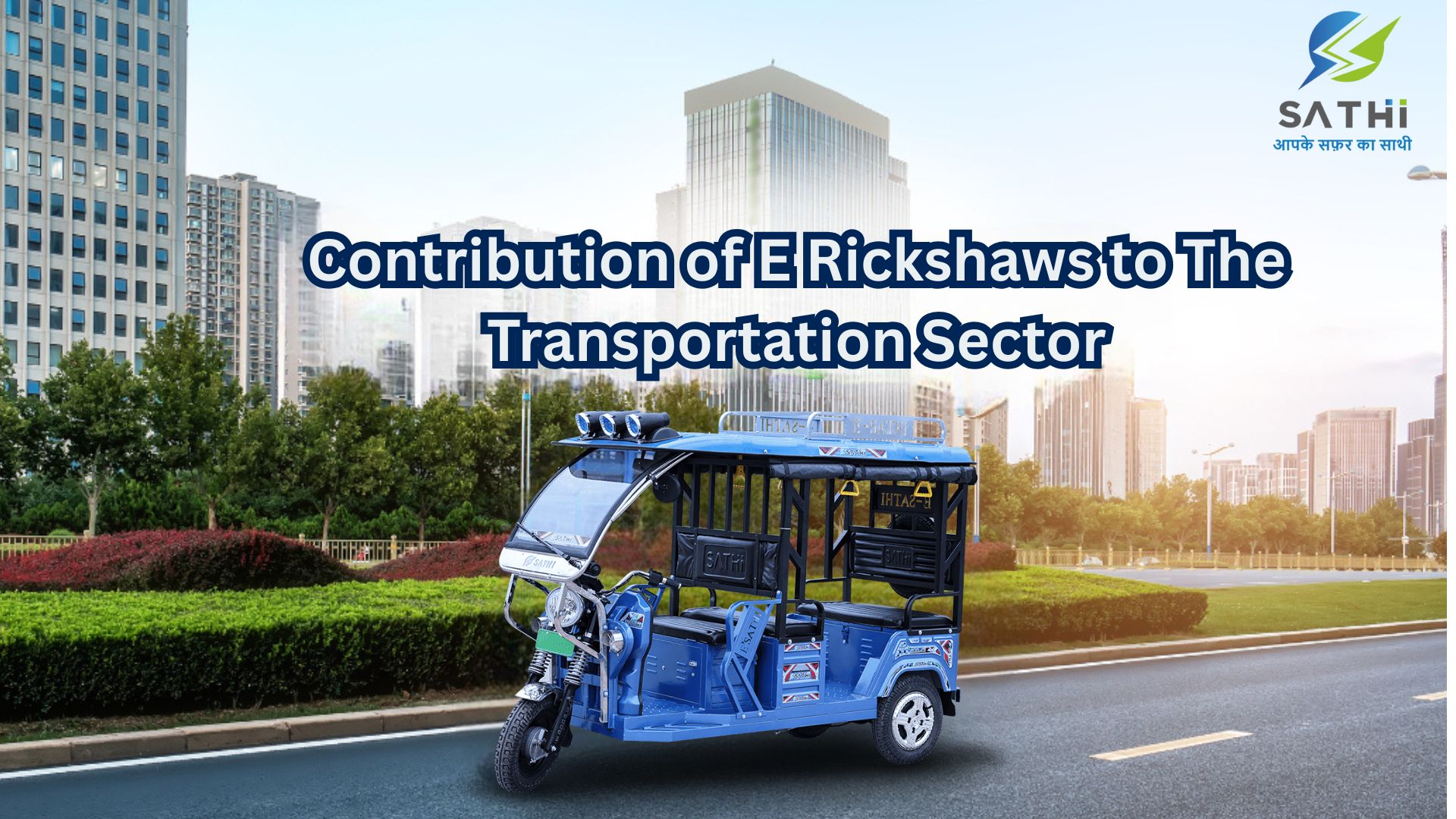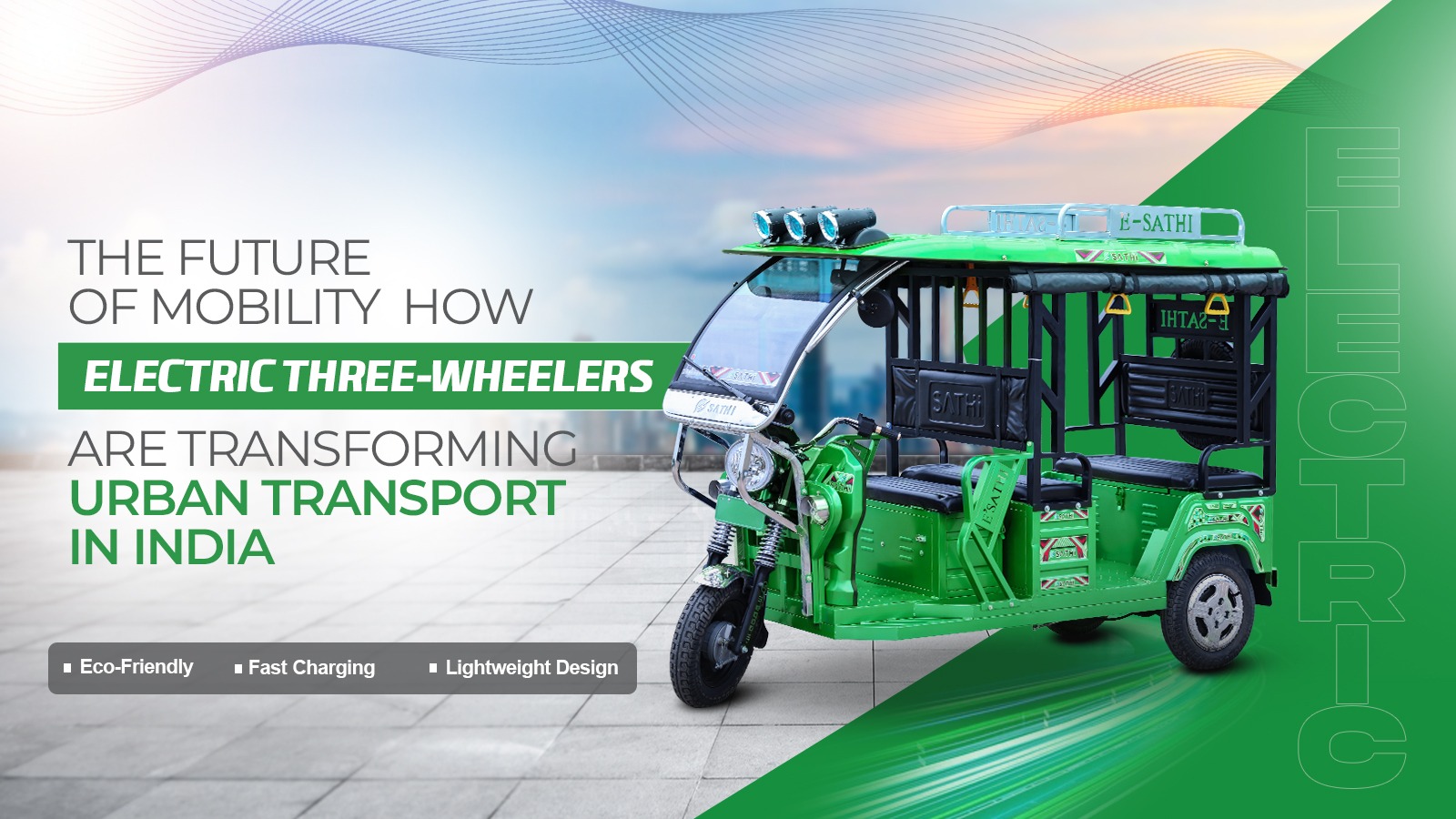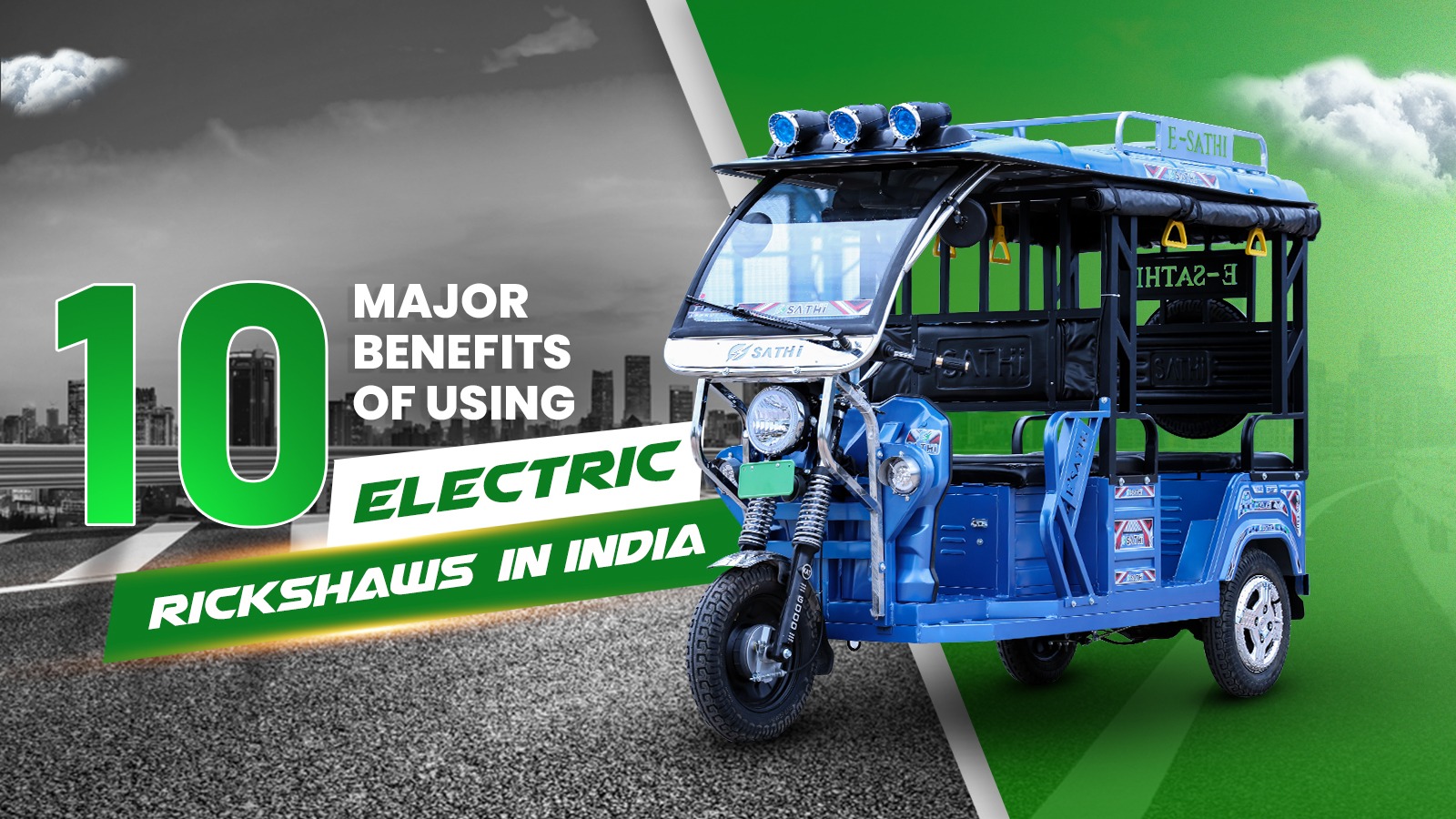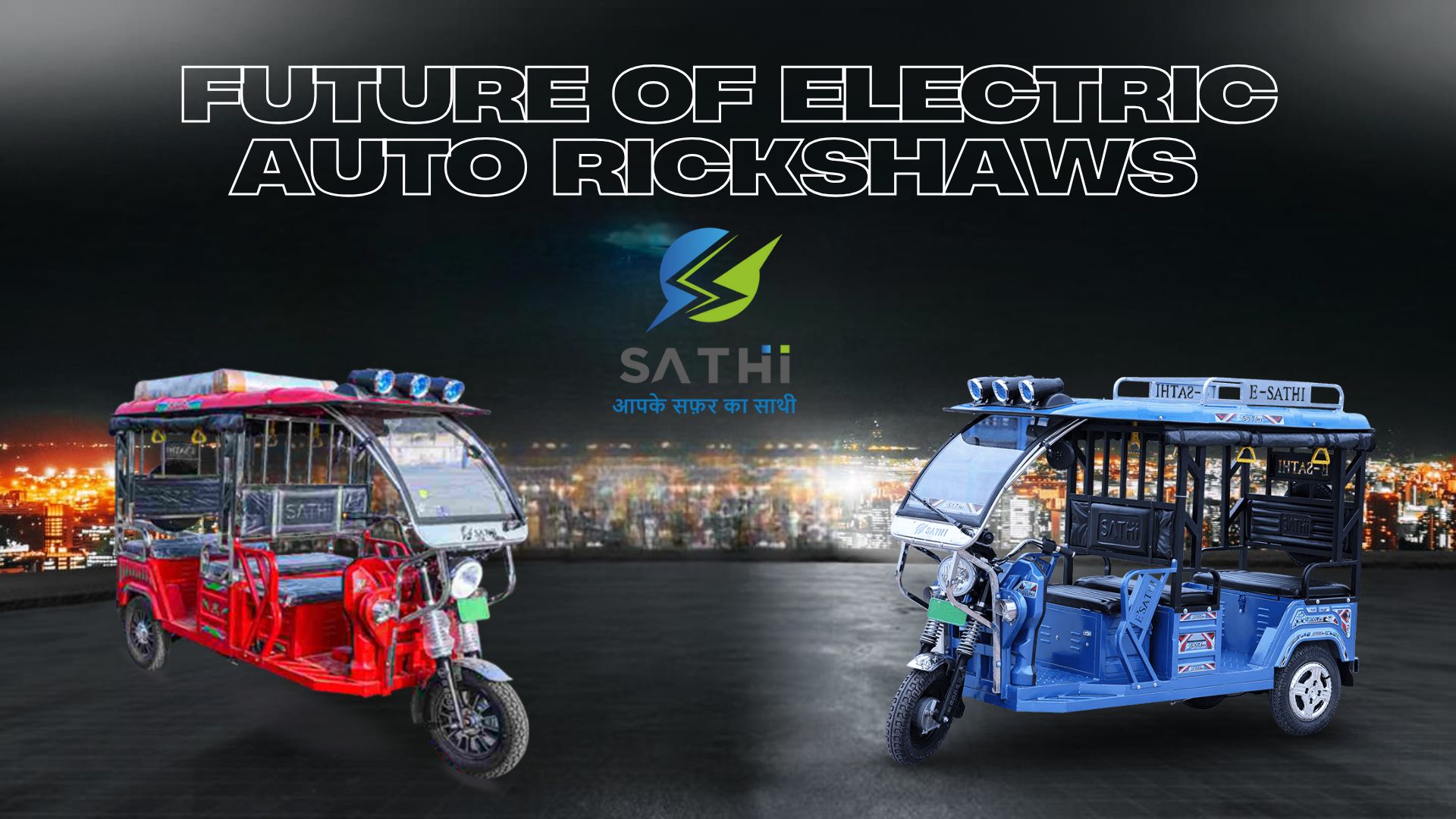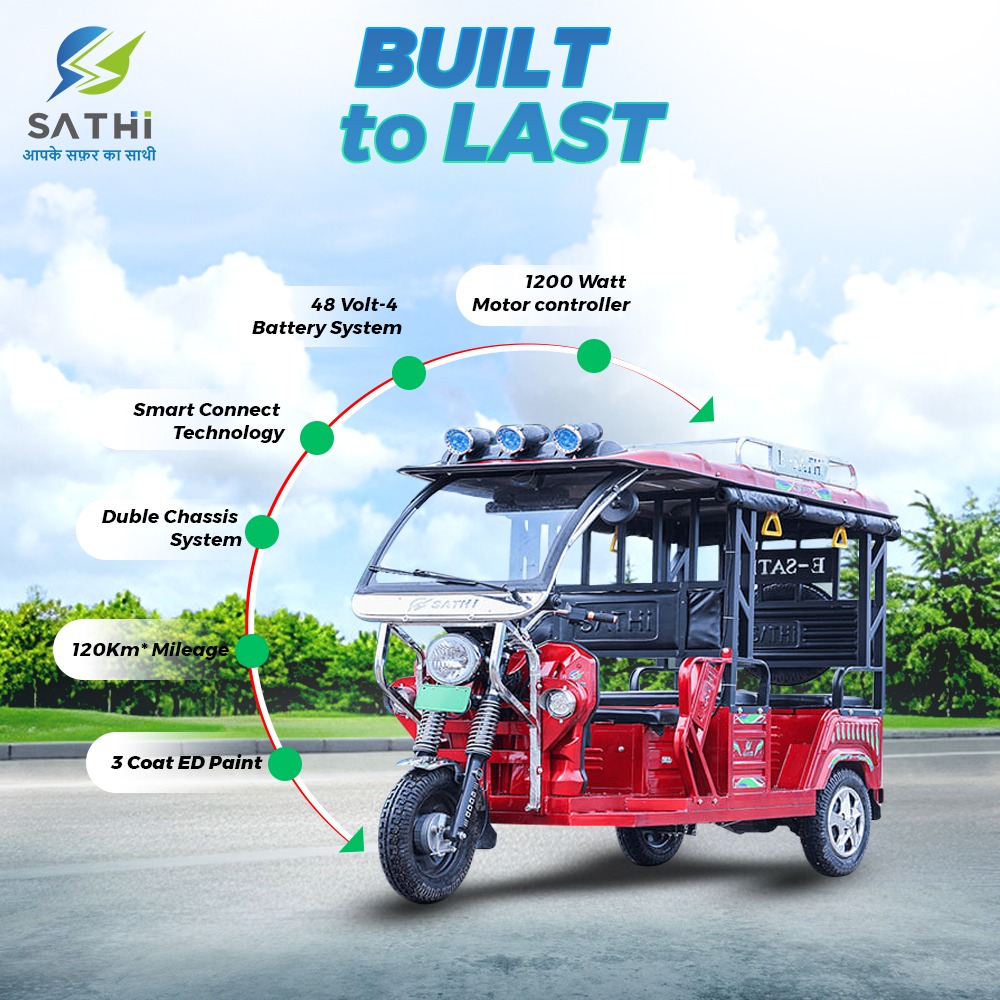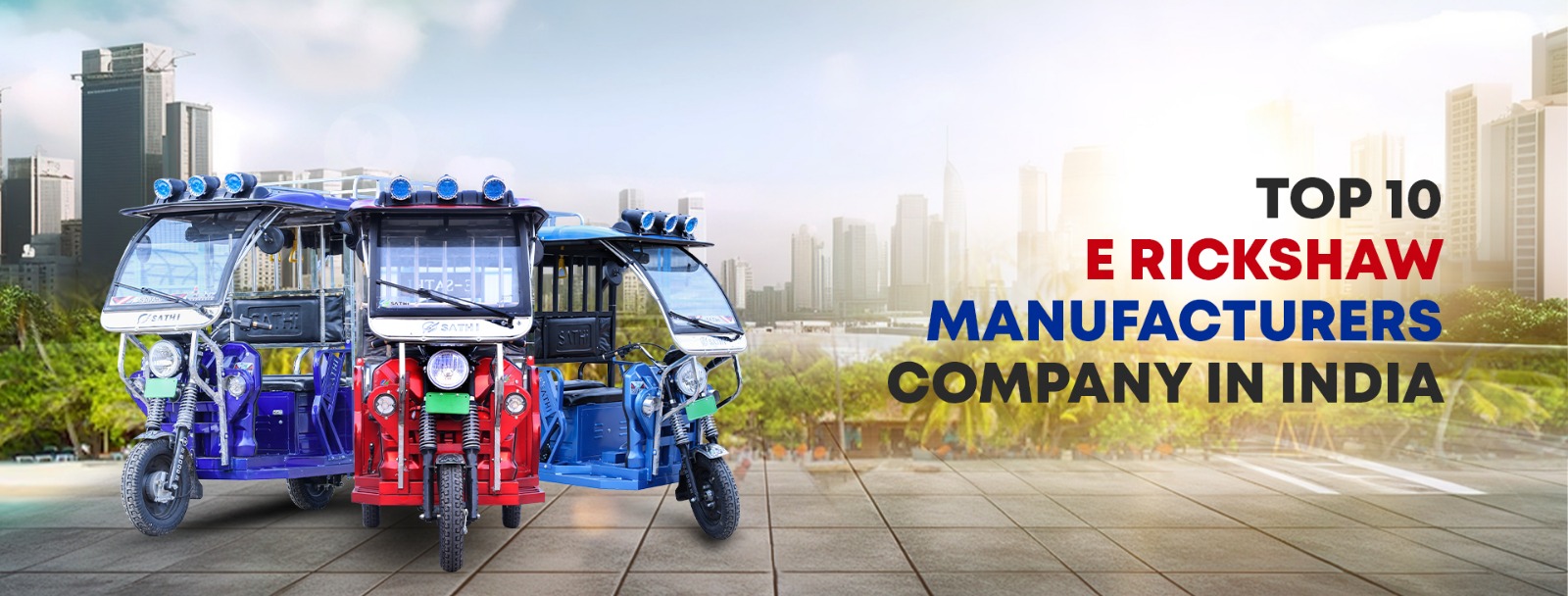The era of the electric vehicle industry has revived in the last decade. With the improvement in battery technology, motors, and the development of infrastructure, EVs have emerged as a mainstream transport medium in urban mobility. The concerns around the carbon footprint of combustion engines, and the scarcity of gasoline led to the renewed interest in electric vehicles across the globe. Now we see electric vehicles, especially 3-wheelers around us more often than earlier. This transition couldn’t have been possible without the continuous advancement in technology. The role of electric vehicle technologies needs to be discussed. Hence, we have written this blog putting light upon how it is reshaping the auto industry.
EV Technology’s Role in Reshaping Auto Industry
Electric 3-wheeler manufacturers like Sathi Motors are disrupting the auto industry with their use of sustainability-oriented technologies. Here are the key technologies and their contribution to the development of electric mobility:
Battery Technology
Modern electric 3-wheelers use lead-acid batteries which are readily available and inexpensive. It charges quickly, ideal for short trips. Moreover, the controller in e-rickshaws or e-loaders monitors the voltage, temperature and variable factors to manage the battery operations effectively. Other factors include recyclable batteries, changeable batteries and more charging stations. Overall, the evolution of battery technology, and its cost-improvement has a vital contribution to the emergence of electric vehicles.
Transition to Electrification
With growing eco-consciousness amongst consumers and policymakers, there is a widespread shift towards electric vehicles, as people are steadily moving away from gasoline-based vehicles. While a percentage of individual buyers may prefer fuel-based vehicles for personal use, this shift is more evident in public transport vehicles.
Efficient Energy Conversion
The motors used in electric 3-wheelers are brushless DC motors, which are essential to low noise operation and high-efficiency conversion. It is more durable also. The e-rickshaw roofs and back side can accommodate solar panels, which capture solar energy and provide power backup, which further proves to be energy saving solution.
Regenerative Braking
In regenerative braking technology, the battery mechanism captures the energy released by brakes during deceleration, recovering the energy and increasing the energy efficiency of the vehicle.
Smart Connectivity
The e-rickshaws have accessories like digital infotainment, radio, music system, and others to attract the passengers and entertain them while driving. The e-rickshaw can be enabled with GPS tracking which gives comprehensive knowledge about route and locations.
Final Words
Electric mobility is the future of the auto industry, as more people are going to prefer public vehicles for transport. Electric 3-wheeler manufacturers like Sathi Motors are playing a major role in this transition. The electric rickshaws and loaders are sustainable alternatives to petroleum-based automobiles for passenger transportation, mobile business and goods transport for short-distance trips and last-mile connectivity. As the technology progresses, the distance range capacity of electric 3-wheelers will definitely rise.

